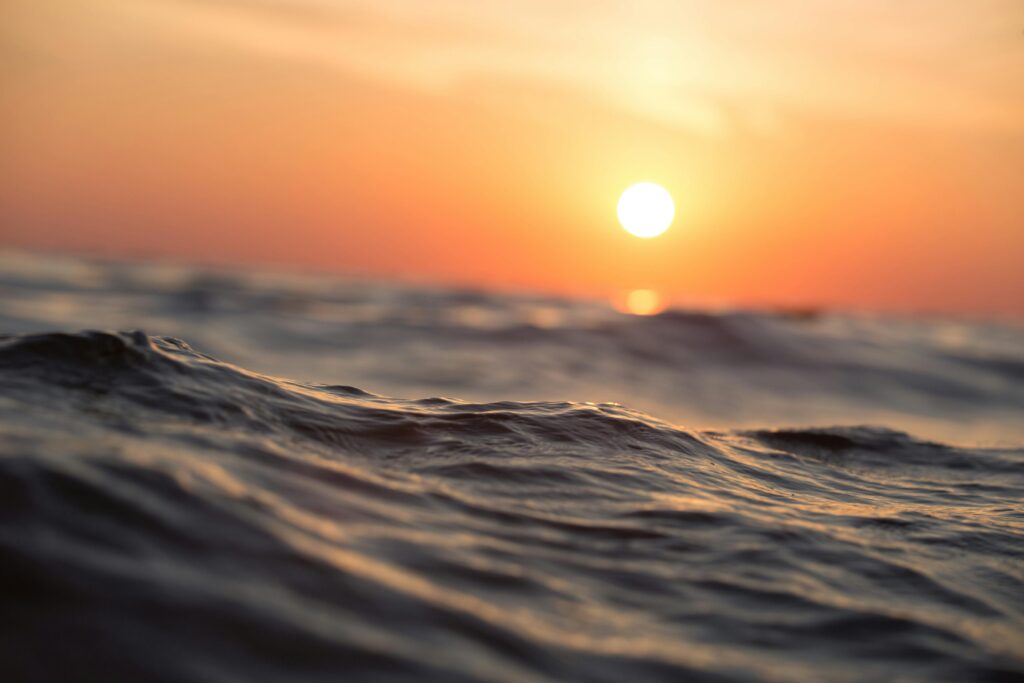Temperatures in the U.S. and around the world continue to trend higher, with the 10 hottest days recorded since the Industrial Revolution having occurred during the last decade. That’s making summers hotter and deadlier, particularly for areas that see temperatures consistently in the 90s and 100s.
Doing activities outside in temperatures like that can be dangerous and even deadly. Heat illness deaths have surged since 2020, according to an analysis of CDC data. There were more than 2,300 heat-related deaths in 2023, the highest ever, and up 34% from 1,714 deaths in the year prior. For comparison’s sake, in 2004, high heat contributed to or caused the deaths of 646 people in the U.S.
With even some northern climates seeing 90-degree or triple-digit temperatures, it’s clear that heat illness can strike almost anywhere in the country. It’s smart to educate yourself and your family on heat illness, its signs, how to avoid it, and how to help someone who is exhibiting symptoms.
The three types of heat illness
1. Heat cramps — These usually occur during heavy exercise or strenuous activity in hot weather.
Symptoms: Painful, brief muscle cramps or spasms, usually in the calves, thighs, abdomen, or shoulders.
What to do: If you suspect heat cramps:
- Rest briefly and cool down.
- Drink clear juice or an electrolyte-containing sports drink.
- Practice gentle, range-of-motion stretching and massage of the affected muscle group.
- Don’t resume strenuous activity for several hours or longer after heat cramps go away.
- Call your doctor if your cramps don’t go away within an hour or so.
2. Heat exhaustion — Causes of heat exhaustion include exposure to high temperatures, particularly when combined with high humidity and strenuous physical activity. Without prompt treatment, heat exhaustion can lead to heatstroke, a life-threatening condition.
Symptoms: Cool, moist skin with goose bumps while in the heat; heavy sweating; faintness; dizziness; fatigue; weak, rapid pulse; low blood pressure upon standing; muscle cramps; nausea and/or headache.
What to do: If you think you’re experiencing heat exhaustion:
- Stop all activity and rest.
- Move to a cooler place.
- Drink cool water or sports drinks.
- Contact your doctor if your signs or symptoms worsen, or if they don’t improve within one hour. If you are with someone showing signs of heat exhaustion, seek immediate medical attention if they become confused or agitated, lose consciousness, or are unable to drink.
3. Heat stroke — Heat stroke is a condition caused by your body overheating, usually because of prolonged exposure to or physical exertion in high temperatures. This most serious form of heat injury can occur if your body temperature rises to 104 degrees or higher.
Symptoms: Headache, nausea, confusion, loss of consciousness, and hot, red, dry, or damp skin.
What to do: If you think a person may be experiencing heatstroke, seek immediate medical help. Call 911 or your local emergency services number.
While waiting for emergency treatment, take immediate action to cool the overheated person:
- Get the person into shade or indoors.
- Remove excess clothing.
- Cool the person with whatever means available — put in a cool tub of water or a cool shower, spray with a garden hose, sponge with cool water, fan while misting with cool water, or place ice packs or cold, wet towels on the person’s head, neck, armpits, and groin.

How to avoid heat illness
Stay out of the heat — During the hottest portion of the day, noon to 7 p.m., stay indoors in the air conditioning if possible. Try to schedule exercise or physical labor for cooler times, such as early morning or evening.
Drink plenty of fluids — If you are outside, regularly drink water or other liquids that will keep you hydrated. Waiting until you are thirsty is too late to effectively rehydrate your body. Avoid drinks with caffeine and alcohol as they can dehydrate your body even more.
Take regular breaks in the shade — If you’re engaging in outdoor activities in the heat, like sports, gardening or work, take breaks at least once an hour in a cool, shaded area. One of the best places to stay cool is under the shade of a large tree. Otherwise, you can set up a structure that provides shade, like a pop-up canopy. If possible, use a fan that runs on batteries or can be plugged in near the shaded area.
Take extra care of small children — If you have an infant or toddler, make sure they’re not exposed to direct sunlight and that the sun isn’t shining into their face if they’re in a stroller or baby carrier.
Wear proper clothing and sunscreen — Wear lightweight, loose-fitting clothing. Apply sunscreen with at least SPF 15 generously and often, as per the directions.
Take extra precautions with certain medications — Be on the lookout for heat-related problems if you take medications that can affect your body’s ability to stay hydrated and dissipate heat.
A last word
Understanding the dangers of heat illness is crucial to protecting your health and your family’s. By following the tips above, you should be able to avoid heat illness and make smart choices about when to be outside.
Get a free Health Insurance quote online today!
Are you looking for Health Insurance in Santa Ana, California? We are a top-rated local insurance independent agent protecting all aspects of your life, from your business to your autos and home, we have you covered! The benefit of choosing an independent agent like us means options. We have relationships with many top-rated carriers to give you the best Health insurance coverage you need that fits your budget. Don’t wait, call us today at (714) 285-9990 or visit our Quotes Online and start saving money.
